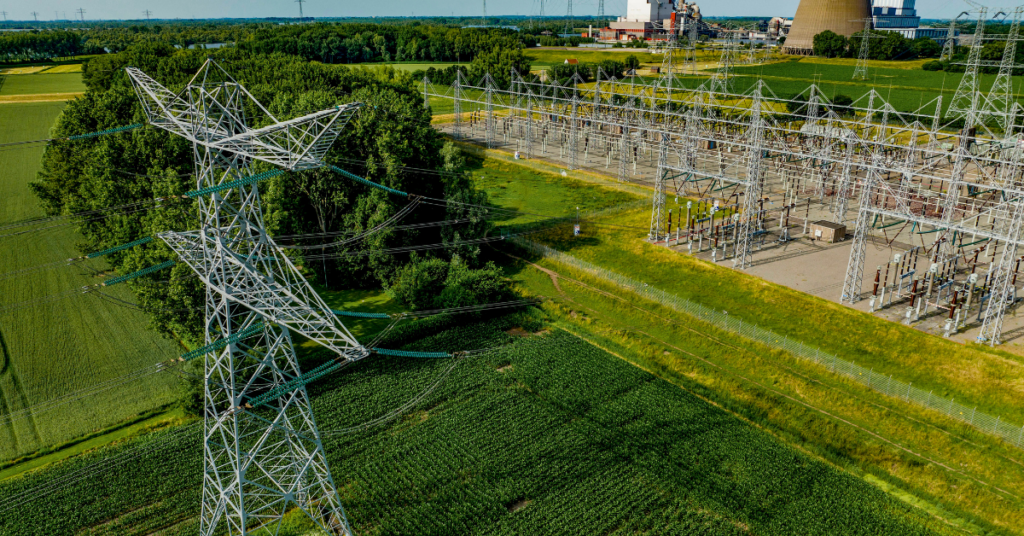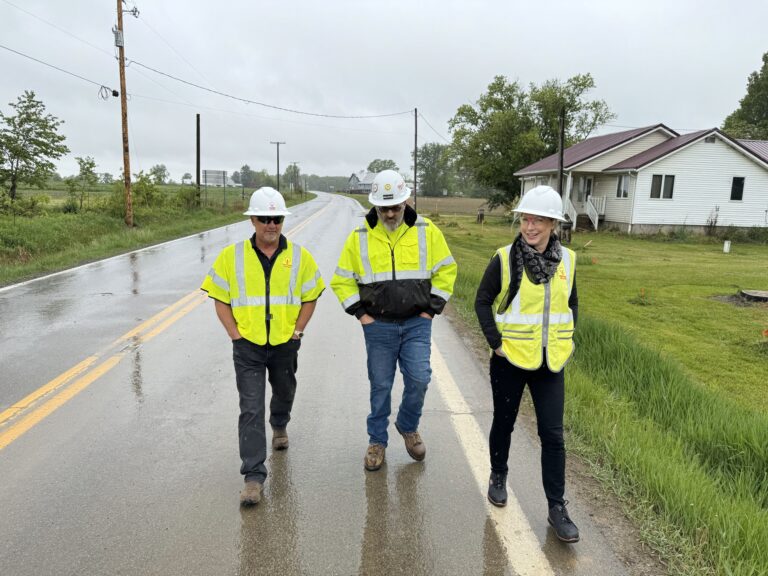The grid is the backbone of modern life—powering homes, businesses, and critical services. But it’s under siege. Aging infrastructure, extreme weather, and soaring demand from electric vehicles and data centers are pushing it to the brink. Consider this: 80% of major power outages between 2000 and 2023 were triggered by severe storms, wildfires, and heatwaves. When the grid falters, the fallout is brutal—disrupted services, frustrated customers, and millions in emergency repairs. So, how do utilities stay ahead? Enter distribution design
Why Distribution Design Matters More Than Ever
Utilities have always faced risks, but today’s challenges are next-level. Aging grids are groaning under climate threats and electrification. Traditional designs, while dependable in their day, weren’t built for this era of unpredictability. Distribution design is the fix—it’s the art and science of moving electricity from substations to end users via power lines, transformers, and poles. But it’s more than just keeping the lights on; it’s about doing it smarter and tougher.
Efficiency means maximizing every watt—less energy lost, lower operational costs, and a smaller carbon footprint. Resilience means ensuring the grid can take a beating—think storms, demand spikes, or unexpected failures—and still deliver. For you, the utility leader or stakeholder, mastering both is non-negotiable. It’s the difference between a grid that limps along and one that thrives under pressure.
Efficiency: Getting More from Less
Efficiency in distribution design is all about smart choices that save energy and money. Here’s how you can make it happen:
- Optimized Routing and Materials: Picture the grid as a city’s traffic system. Clunky routing creates bottlenecks and waste; smart routing minimizes energy losses. Pair that with cutting-edge materials like high-temperature superconductors, which boost conductivity and cut waste.
- IoT-Enabled Smart Grids: Sensors on poles and transformers give you real-time data on energy flow, spotting inefficiencies fast. They also power demand response programs—adjusting usage based on price signals to shave peak demand and save millions. Proactive maintenance, another IoT perk, catches issues before they drain your budget.
- Distributed Energy Resource Management Systems (DERMS): Solar panels, wind turbines, and battery storage are reshaping the grid. DERMS optimize their output, ensuring every watt is used wisely. This slashes operational costs and keeps your grid lean—crucial as distributed energy resources (DERs) take center stage in 2025.
For you, these strategies translate to lower bills, happier customers, and a greener operation. The numbers back it up: the utility analytics market, fueled by efficiency gains, is projected to hit $7.16 billion by 2029.
Resilience: Designing for the Worst
Efficiency is critical, but it’s meaningless if the grid collapses under stress. Resilience is about building a system that can take a hit and keep running. Here’s how distribution design delivers:
- Redundancy and Backup Systems: Extra lines or DERs like solar and storage act as lifelines when part of the grid fails. DERs also enable microgrids and virtual power plants (VPPs), balancing loads and providing backup during outages.
- Microgrids: These mini-grids can disconnect and run independently during outages, keeping critical loads—like hospitals or emergency services—powered. They’re a hot topic for resilience at DISTRIBUTECH 2025.
- Energy Storage: Batteries store excess power for peak demand, stabilizing the grid and ensuring reliability. This is a top tech trend for utilities in 2025 (The Utility Expo).
- AI for Vegetation Management: Overgrown trees near lines are a leading outage cause. AI and remote sensing predict risks, guiding your crews to prune proactively. It’s a storm-proofing must-have.
For you, resilience means fewer blackouts, reduced repair costs, and compliance with regulations demanding reliable service. EY’s 2025 outlook notes a 21% surge in M&A for transmission and distribution, underscoring the push for tougher infrastructure.
The Tech Powering the Future
The tools driving distribution design are evolving fast. Here’s what’s coming in 2025—and how you can leverage it:
- AI for Load Modeling: AI sharpens load forecasts, helping you design grids that handle demand spikes and extreme weather. It’s a resilience powerhouse (EY Utilities Sector Outlook).
- Creative Financing and Partnerships: Funding from the Inflation Reduction Act (IRA) and Infrastructure Investment and Jobs Act (IIJA), plus private equity tie-ups, are fueling resilient designs. These resources let you future-proof your grid without breaking the bank.
But challenges linger:
- Data Silos: Smart grid data stuck in silos can tank efficiency. You’ll need strong governance to unlock its full potential.
- Regulatory Roadblocks: Approvals can drag, especially with potential administrative shifts. Streamlining this is critical.
- Talent Gaps: Skilled engineers are hard to come by. Investing in training or partnerships is your move to stay ahead.
Tackling these hurdles while embracing new tech is your path to a grid that’s both smart and tough.
The Future Grid Starts Now
Distribution design isn’t just about poles and wires—it’s your blueprint for a grid that saves energy, cuts costs, and stands strong against chaos. With IoT, DERMS, microgrids, and AI, you can optimize for efficiency and resilience, delivering reliable service in an unpredictable world.
But it’s not all about tech. Breaking data silos, navigating regs, and closing talent gaps are just as vital. For you—utility professionals and stakeholders—the takeaway is clear: the future grid isn’t just smart—it’s unbreakable. And it’s time to start building. At Think Power Solutions, we partner with utilities to turn that vision into reality—bringing the expertise, tools, and talent needed to build the grid of tomorrow.



